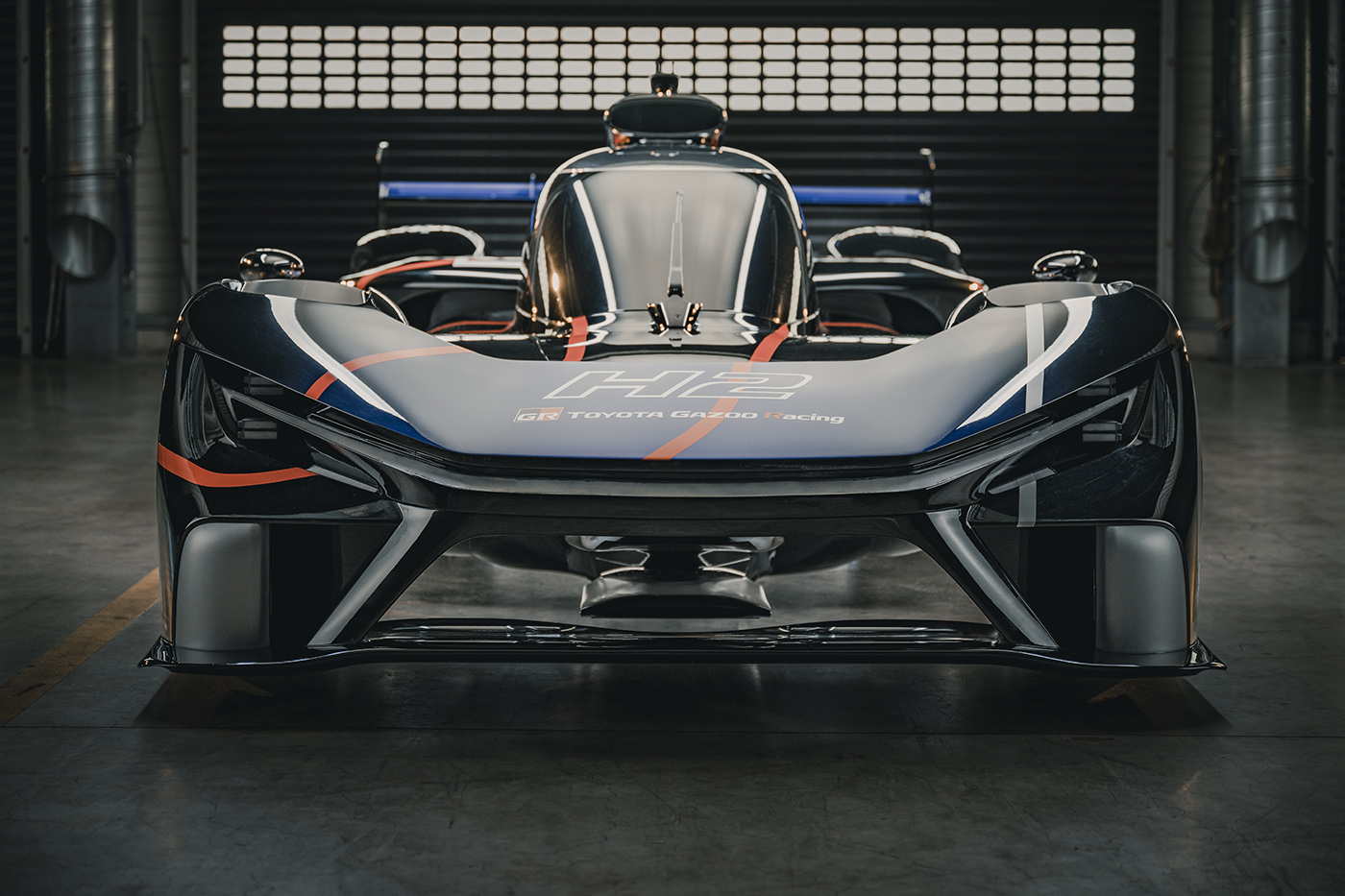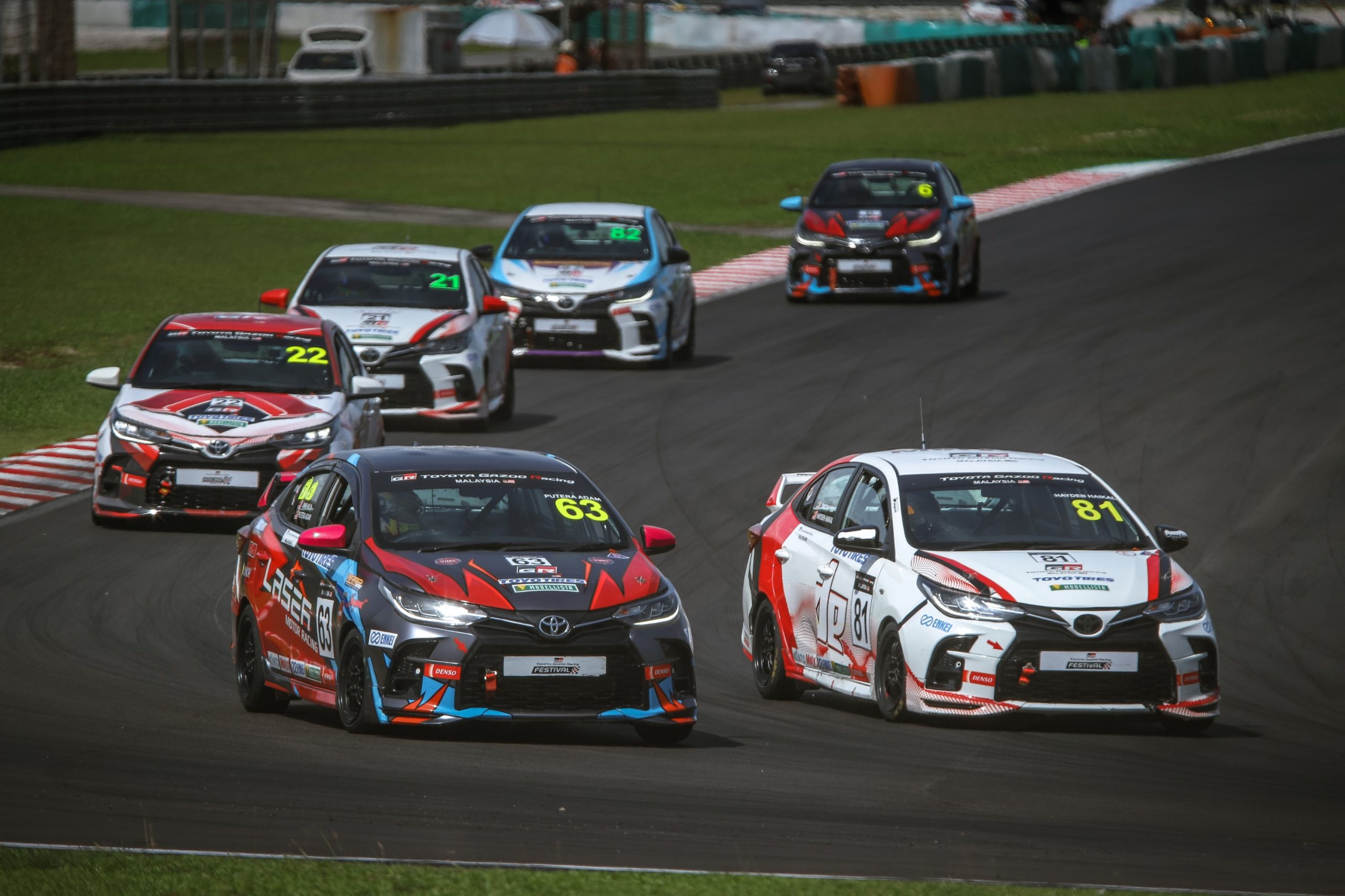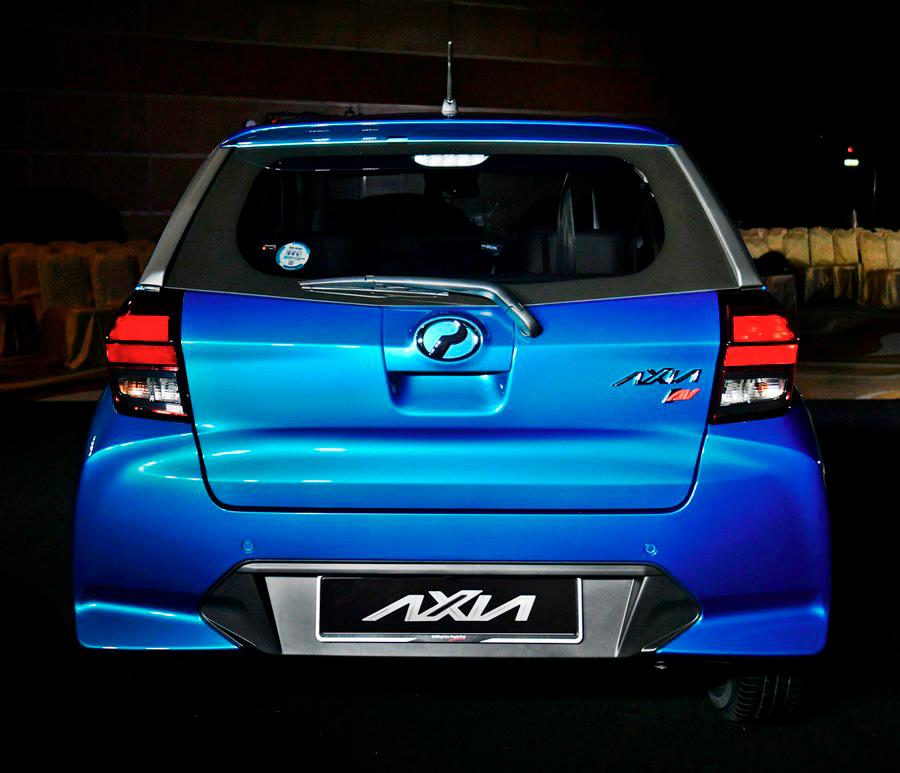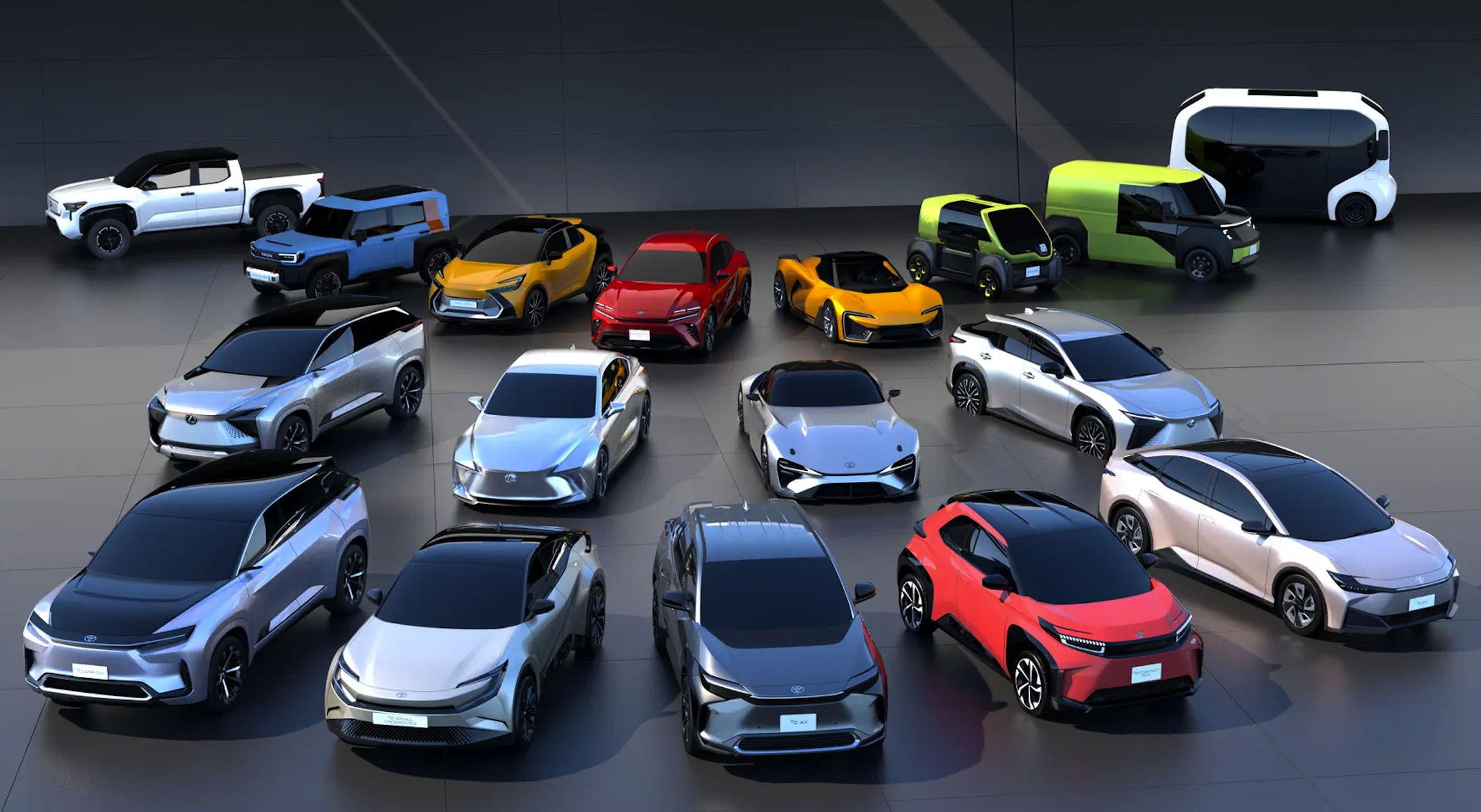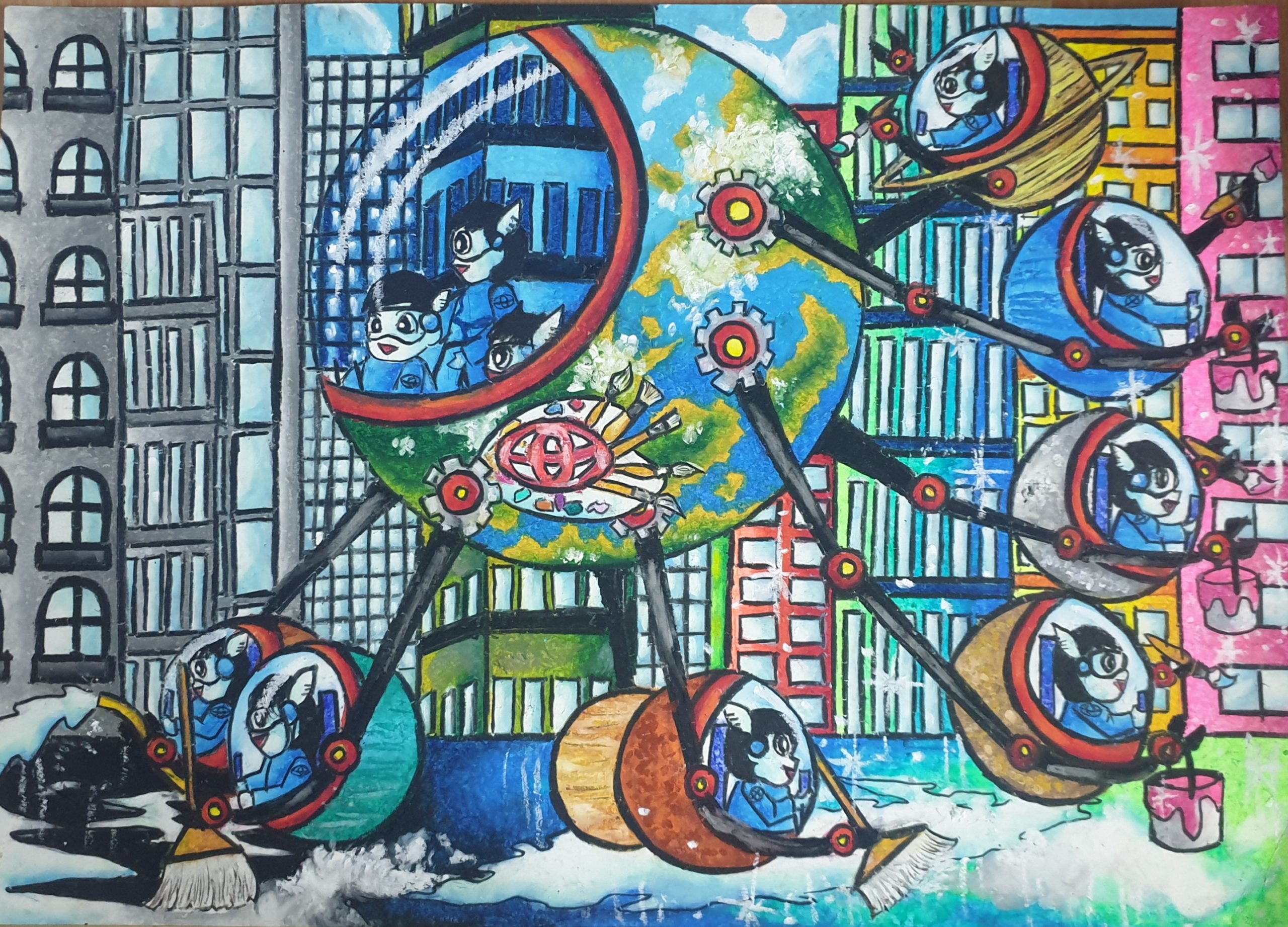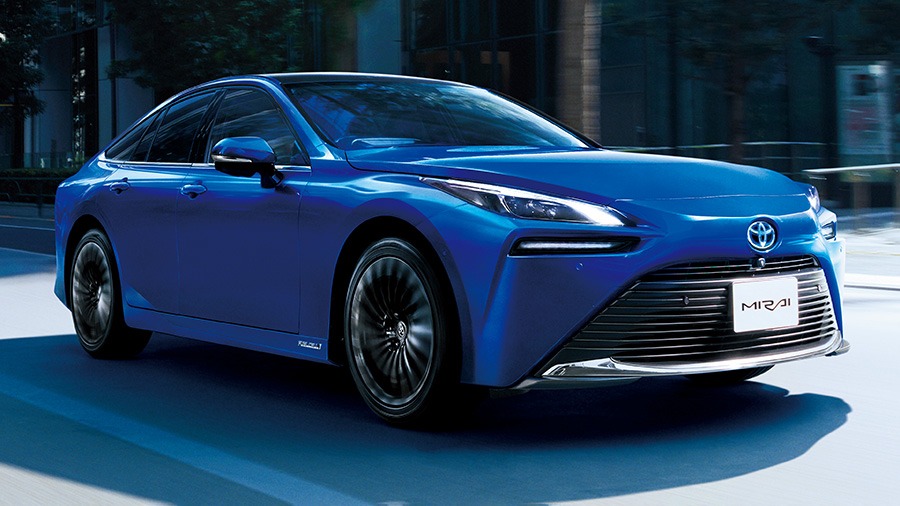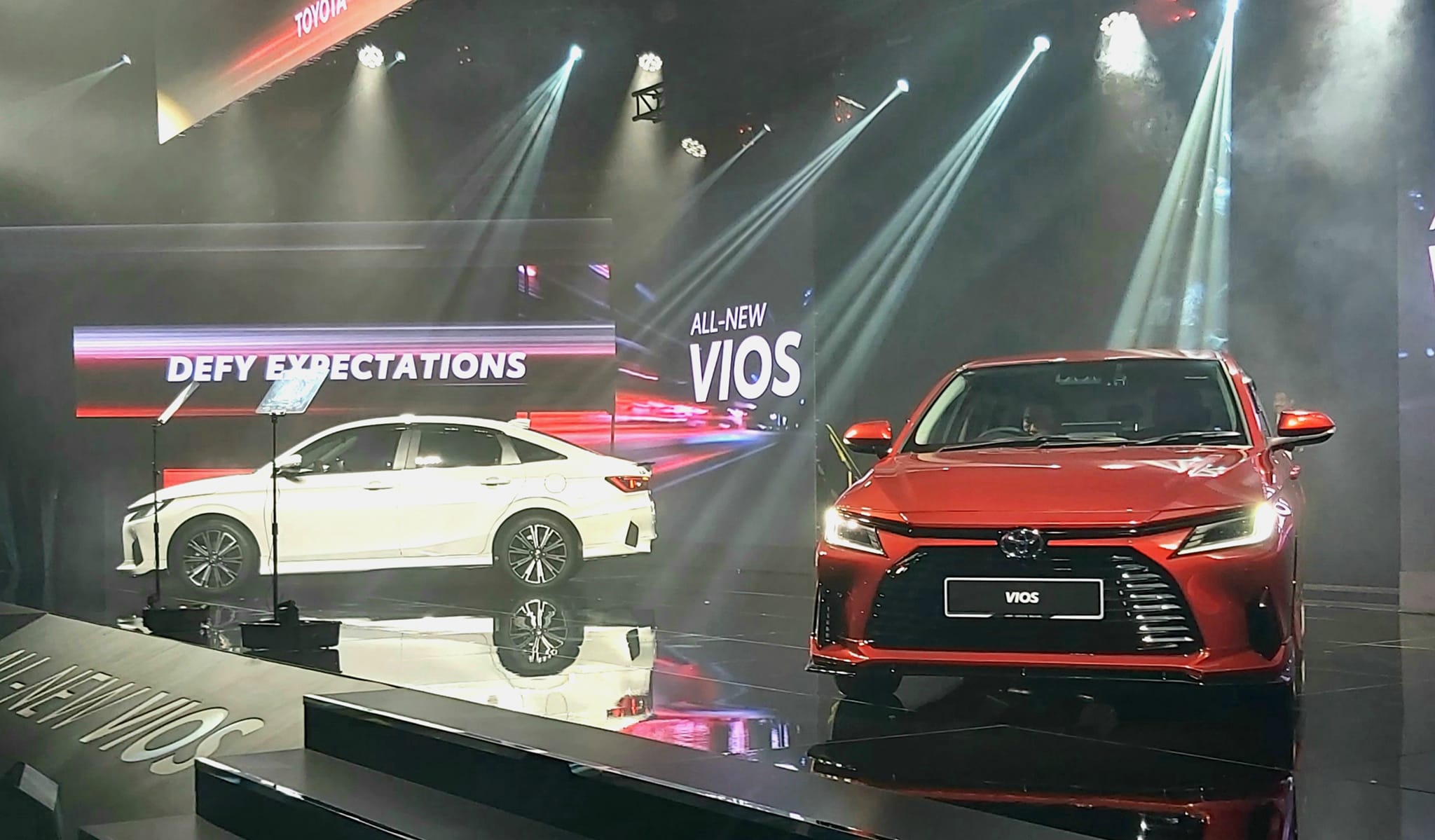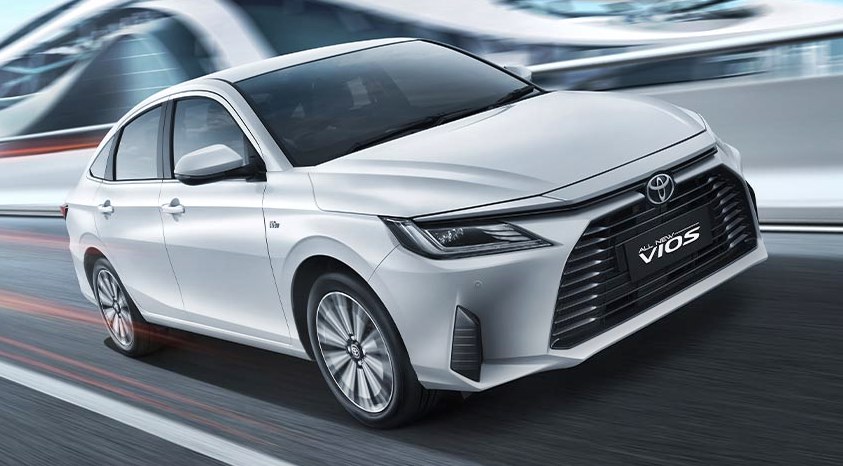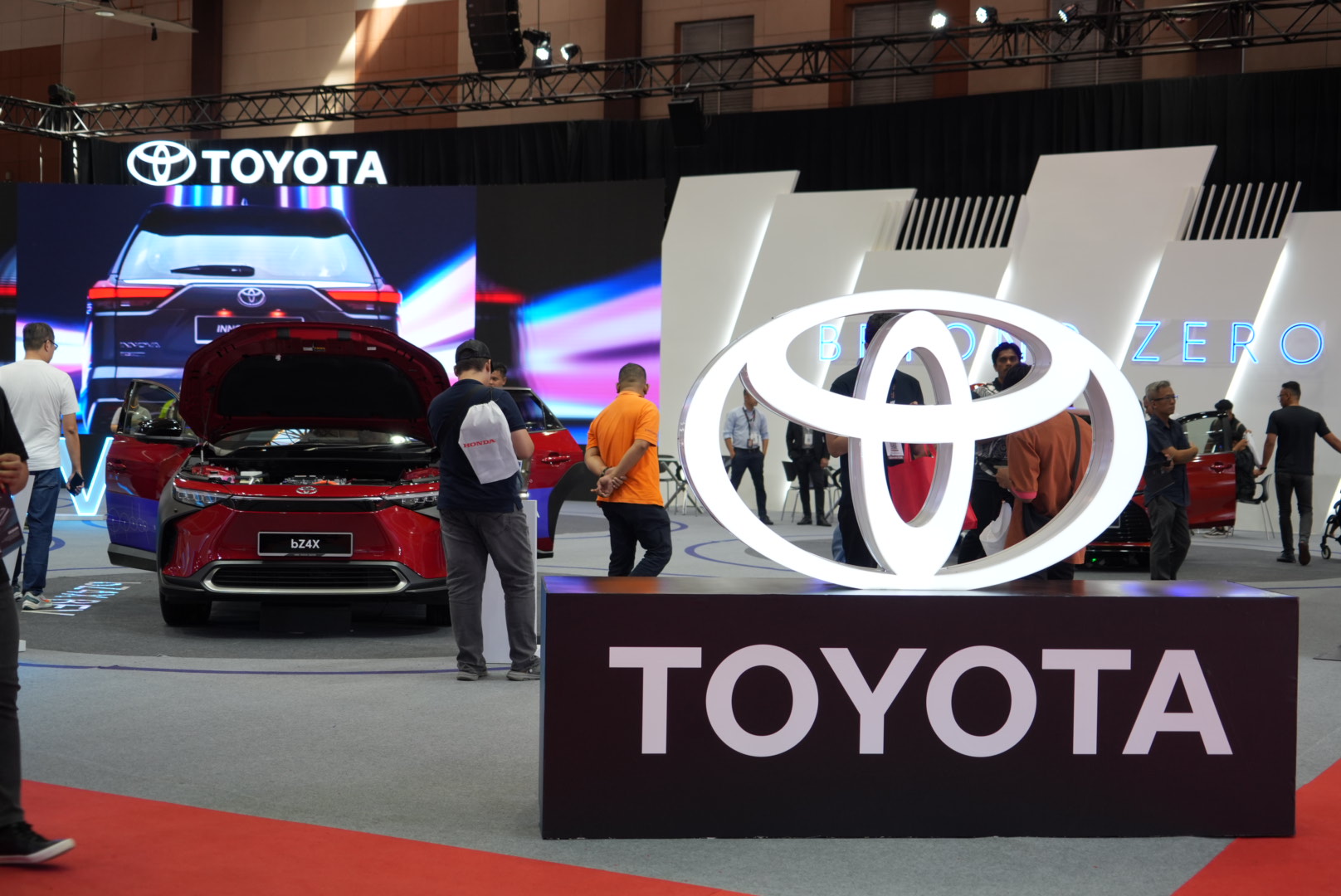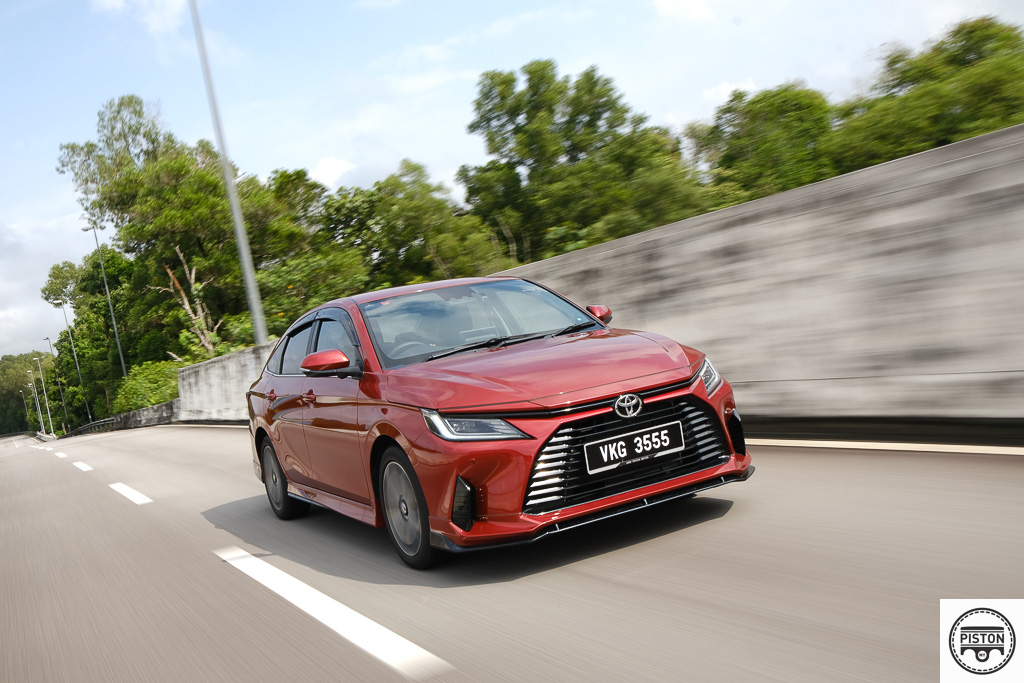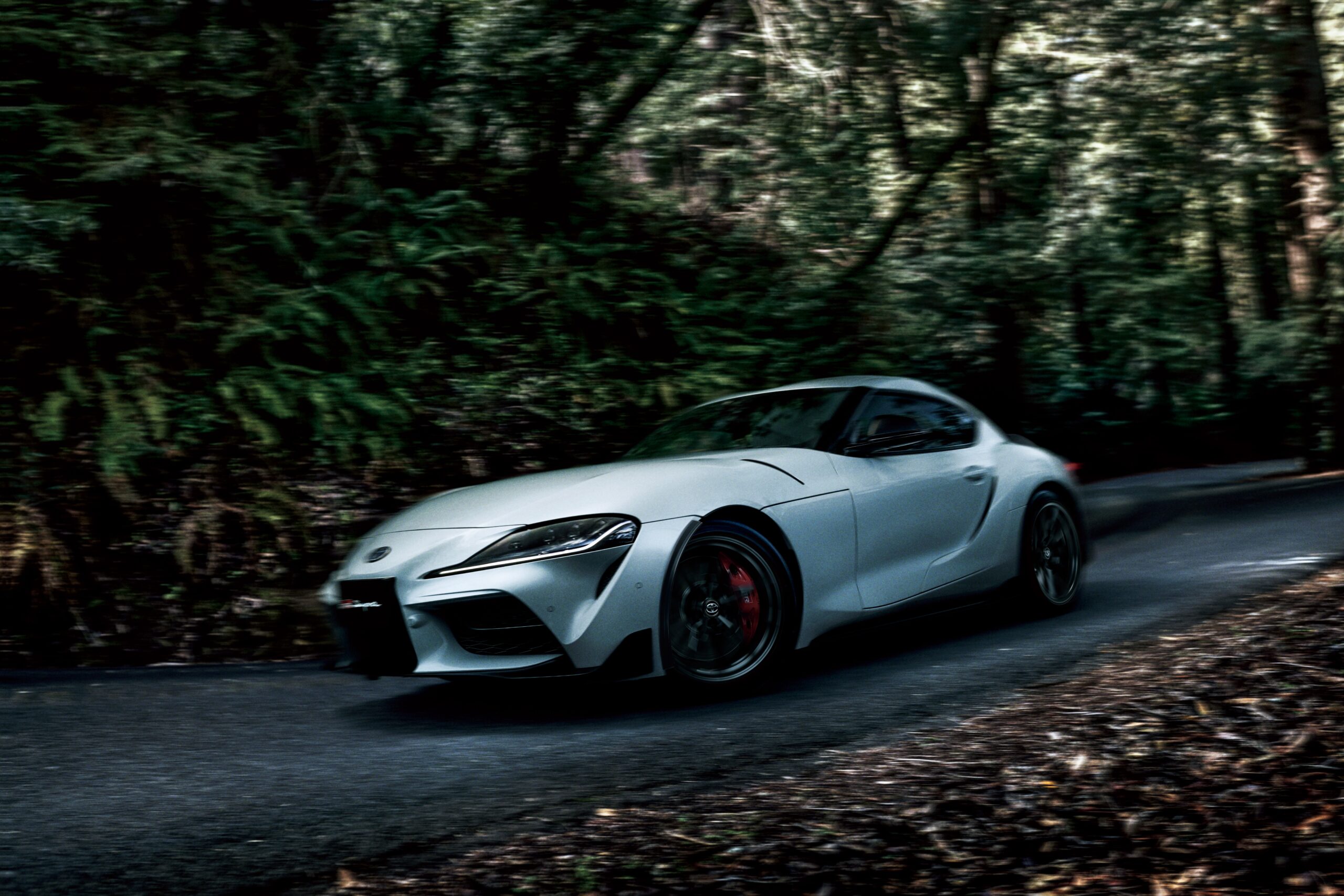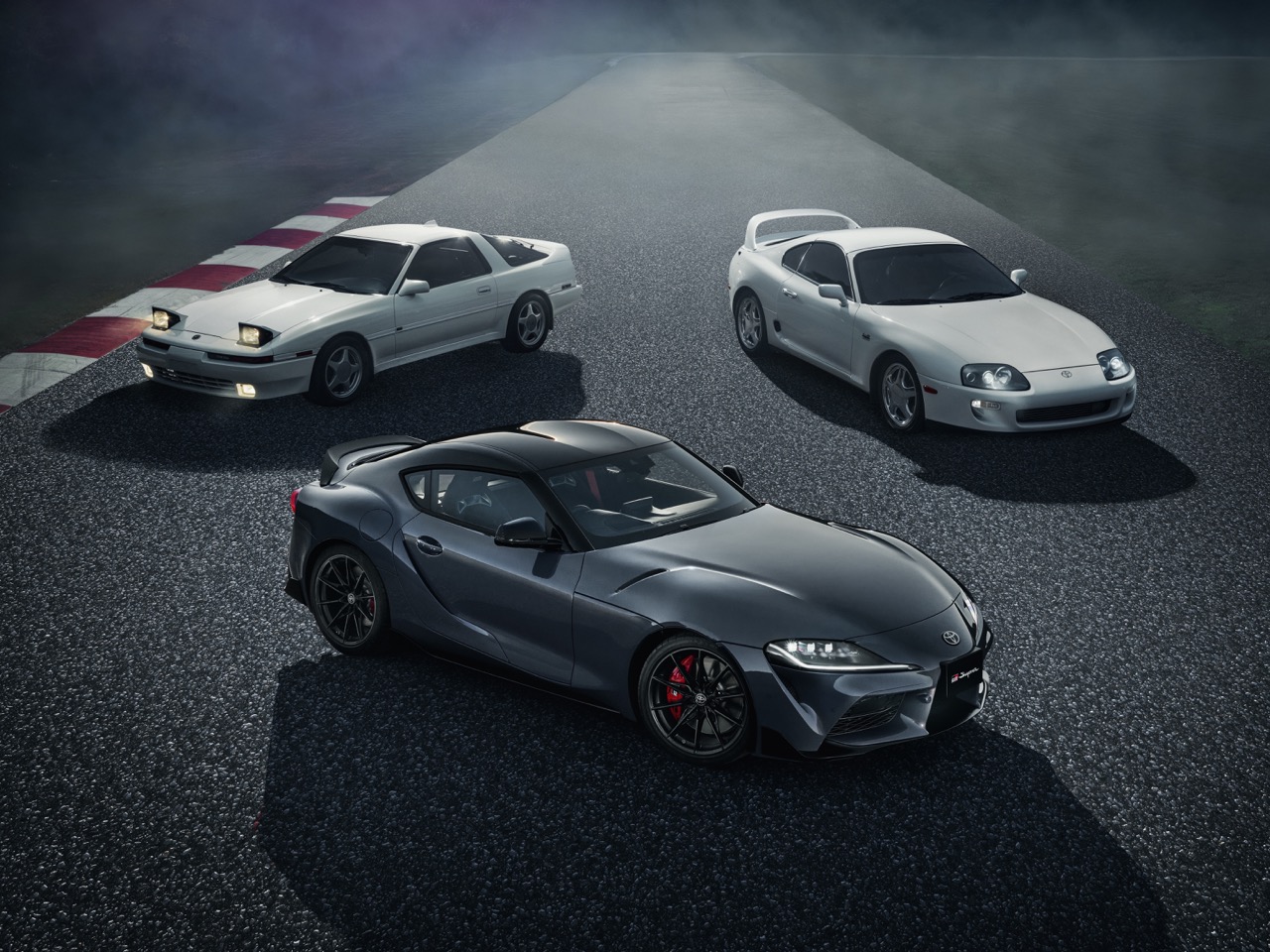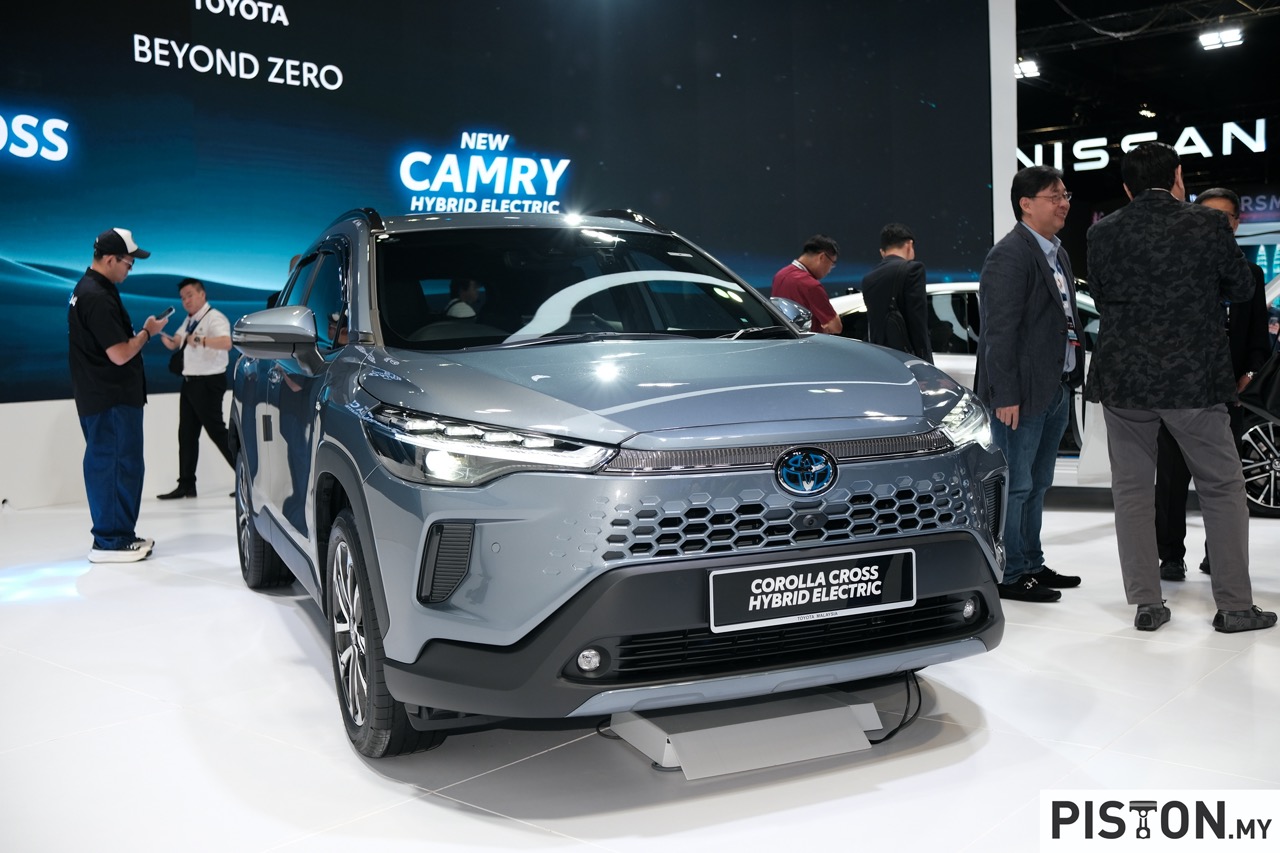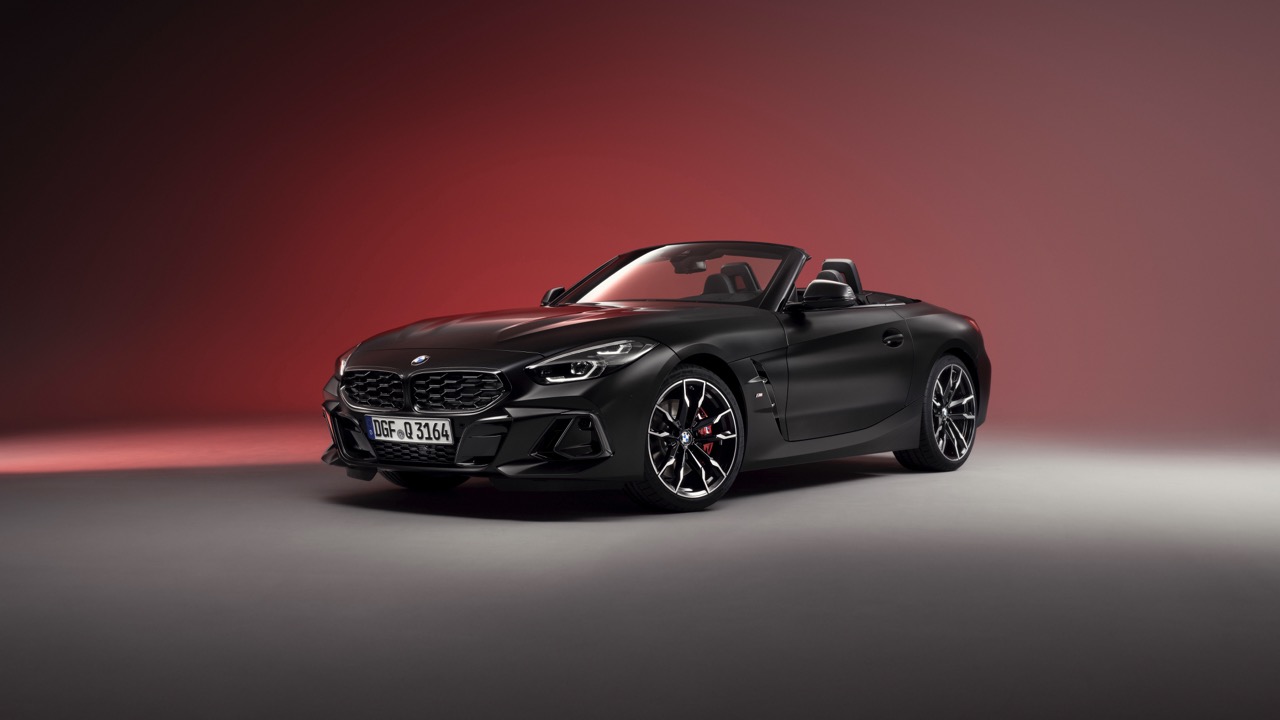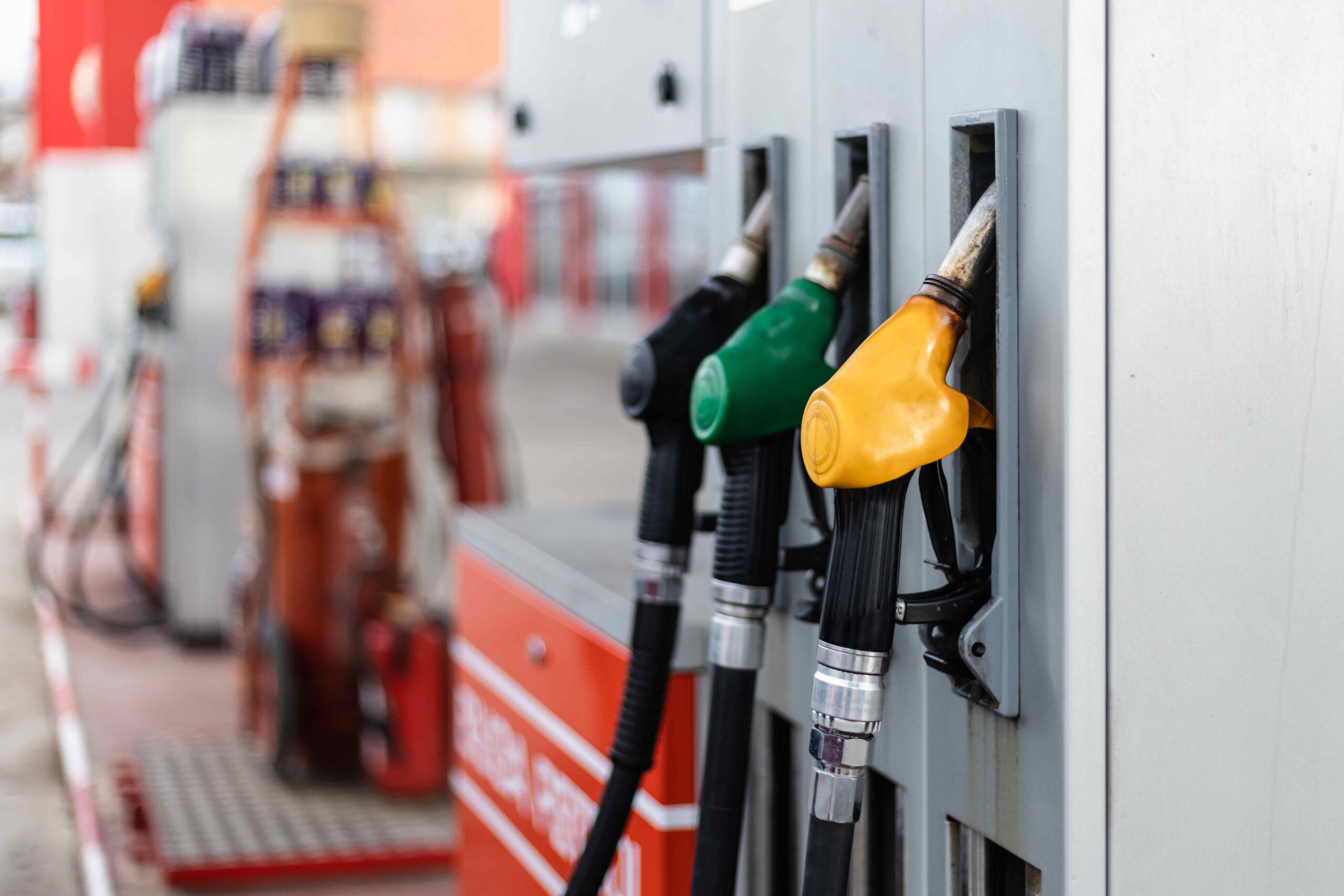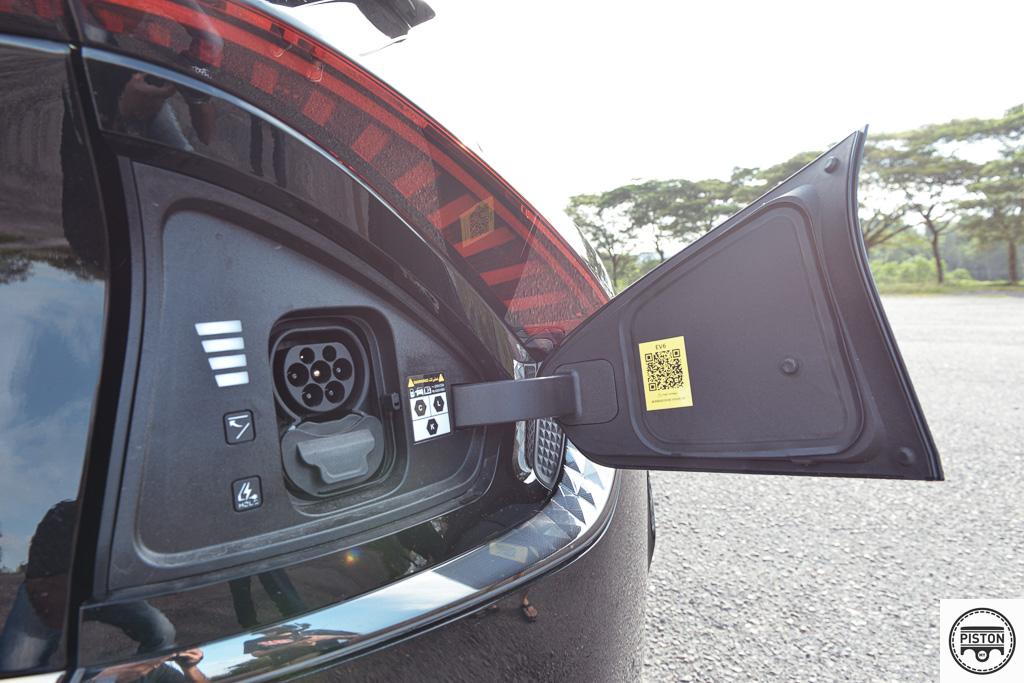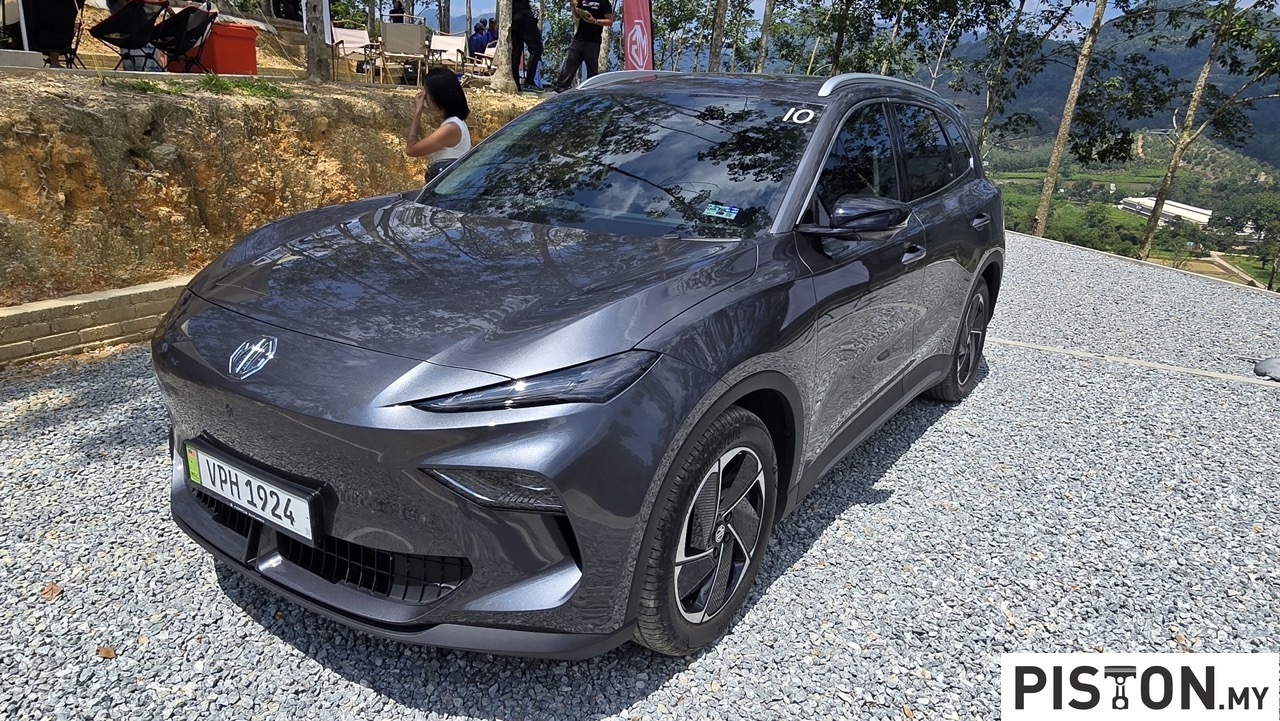Toyota has dominated the Le Mans competition, winning 5 straight races between 2018 and 2022. And for 2023 the manufacturer has unveiled a brand-new hydrogen-powered concept before the start of this year’s 24-hour race that was created “with future competition in its sights.”
The prototype was introduced at a press conference held by Automobile Club de l’Ouest (ACO), the organisation behind the Le Mans 24 Hours. It was motivated by the ACO’s recent declaration that it will permit hydrogen-engine vehicles to participate in a category separate from fuel-cell electric vehicles.
(more…)


